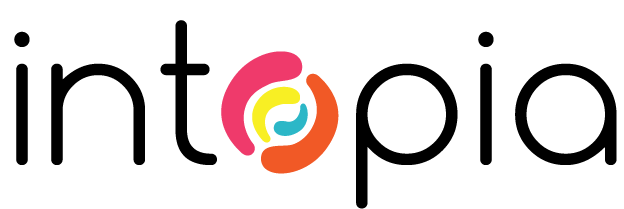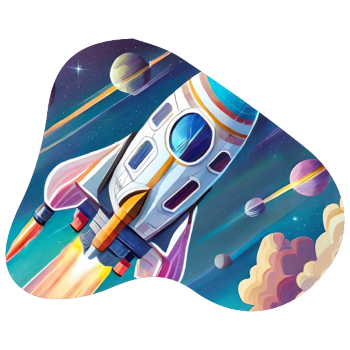Course overview
This course introduces you to the core concepts of digital accessibility. It builds awareness of the different ways that people with access needs use technology and what makes for an accessible experience for all.
Learning outcomes
In this course, you’ll learn:
- About different types of disabilities and their needs
- How people with disabilities use technology
- The benefits of accessibility for your business and customers
- Design and development decisions that impact accessibility
- When to includes accessibility in your project
- Practical tips for improving accessibility in your digital products
This course is live and interactive and includes: - A 30-minute panel session with people who have a range of disabilities or who are neurodiverse
- Hands-on activities where you try to complete a task on your own website using different tools that people with disability use
Who should attend
Any person keen to get a greater understanding of digital accessibility.
Course duration
2 x 1.5-hour sessions.
Knowledge level
No prior accessibility knowledge is required.
Technology requirements
Nil.
Course outline
This course is primarily activity based. Intopia’s other training courses are in a tutorial-style format with exercises included.
Hands-on activities
The hands-on activities give attendees the opportunity to explore different technologies and settings that people with disability use.
The activities are performed in groups of at least 3 people. Each person takes on a role of:
- Moderator – the person who is guiding the “participant” through their task
- Participant – the person who is acting as the “participant”, adopts a person and tries to complete the task
- Observer – the person who is watching the “participant” and making notes about a person’s experience
Attendees swap roles after each activity.
During the activity, each group: - Watches a short video for context
- Sets up for the activity
- Does the activity
- Discusses what they observed
- Reads tips for creating a more accessible experience
The activities below are example activities. We will work with you to refine the activities based on the technology you have access to, such as Windows or Mac, and whether you can install other software such as add-ons or plugins.
1. Keyboard
Participants are asked to complete a task using only the keyboard. People with some types of physical impairment will rely on the keyboard for navigation.
2. Cognitive fatigue
Participants start with a number of “spoons” which represents the amount of mental or physical energy someone has at the start of the day. Participants are presented with a number of tasks and options for that task. Their choices use spoons. Spoon theory was first coined by Christine Miserandino, who lives with lupus, a chronic autoimmune disease that causes an immune system to attack the body’s healthy cells.
3. Screen magnification
Participants complete a task using a screen magnifier which is software that makes your screen bigger by “magnifying” it. People with low vision often use screen magnifiers to be able to more easily see content.
4. Interface adaptation
Participants complete a task with certain interface changes turned on, such as high contrast (black background with white text) or increased text size. People with low vision often change the interface to suit their needs.

